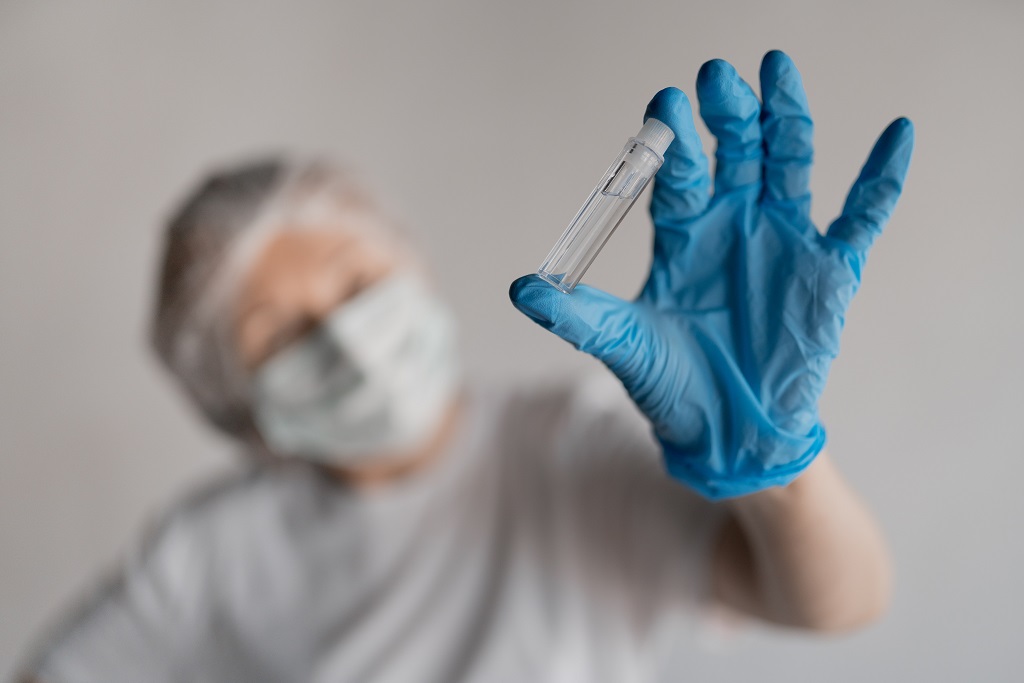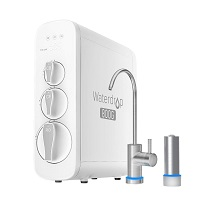According to the World Health Organization (WHO), waterborne viral pathogens are one of the major causes of global health issues. Water serves as the transmission medium for most of these pathogens, such as conjunctivitis, typhoid, hepatitis E, SARs, gastroenteritis, meningitis, and others.
Waterborne viruses and bacteria, which lead to contaminated water, cause severe illnesses in hundreds of millions annually.
How do viruses enter the water?
There are a few primary sources of micro viruses in groundwater. These include hospital sewage, landfill leachate, domestic sewage, and others. In addition, there are tons of viruses and bacteria in untreated sewage, which may find their way into the vadose and saturated zones, especially if the sewage irrigation and seepage wells are not adequately sterilized. These contaminants pollute the groundwater and make it dangerous for consumption. Furthermore, sewer pipes or river embankments may leak, causing viral water contamination. The same happens in the case of re-irrigation after sewage treatment and careless animal husbandry measures.
What are the side effects of viruses' presence in water?
The small size, high survival rate, and ruthless natural infection capabilities make viruses the perfect water pollution microorganism. That is why we describe them as bacteria with more anti-disinfection ability. Just one or two virus particles can completely infect the human body virally. Therefore, we must do all we can to ensure proper protection.
In groundwater, the viruses present include hepatitis A virus, poliovirus, norovirus, gastrointestinal virus, ECHO virus, and others. There are multiple types of each virus, including encephalitis and smallpox.
We also have acute gastroenteritis, infectious hepatitis, jaundice, and rabies, which are often more harmful to our bodies.
What diseases are attributed to contaminated water?
According to records, 264 disease outbreaks and 62,273 patients were linked to contaminated groundwater in America between 1946 and 1977. These numbers represent 48% and 58% of total outbreaks and reported cases, respectively. The most occurring cause of the outbreaks is septic and cesspool overflows, accounting for 42%. Untreated groundwater from non-municipal systems accounts for 71% of the diseases recorded.
Researchers took 378 liters of water samples from a well of 12.2-meter depth during a gastroenterological outbreak in a Florida settler camp. They found 22/23 echovirus complexes after the sample analysis. The distance between the well and the surrounding solid waste field is 30.5 meters. The sewage contained echoviruses, while the drinkable well water contained residual chlorine of 0.4-0.6 mg/L. There were also feces of the camp members. The camp recorded 15 cases of hepatitis A in people who have lived in the camp for six weeks.
In a different case, researchers also found a vaccine-like type 2 poliovirus from a well water sample obtained from a Michigan restaurant after a gastroenteritis outbreak.
What is the survival period of the virus in water?
It is challenging to estimate how long a virus stays in natural water before dying. This is due to the non-immunity of these viruses to the factors affecting their survival. According to research, some viruses survive in groundwater for at least 28 days, while others can only manage 18 days. Several laboratory experiments have also confirmed that some viruses stay for over 20 days in drinking water. There is no sunlight exposure to the groundwater aquifer, making the temperature more stable. Therefore, viruses find groundwater an excellent habitat for longer periods.
How does the virus spread in water?
Viruses are small in size, so they can easily migrate in the groundwater and the soil. At just 0.002-0.3 micrometer particle size, most viruses will pass through different soil pore types, including the smallest clay pores. Therefore, we can explain the adsorption process of viruses using solute adsorption or colloidal filtration.
Current epidemiological evidence suggests some viruses, including hepatitis A, find their way into well water over multiple areas around the source of contamination. It is also known that viruses can move in long distances under regular conditions in groundwater. But it is crucial to investigate the particular factors that affect the migration of viruses in groundwater: hydrogeological conditions, surface water flow, and saturation.
How do you remove viruses from water?
There are different methods of removing viruses from water.
Boiling
Boiling is the oldest and most common water treatment method the world has seen. You can inactivate or kill viruses in water just by boiling it. Water boiling at 100 degrees Celsius kills all the pathogens in it. However, if you boil at higher altitudes, you can achieve a boiling temperature of 80 degrees Celsius, so it takes longer to kill all pathogens.
Most people recommend that you boil for up to 20 minutes. But the truth is, you can stop once you reach the boiling point of 100 degrees Celsius. It is important to state that research suggests that you may still find incompletely inactivated bacteria even after boiling.
Distillation
Distillation is about heating a liquid until it boils and turns to vapor, leaving the vapor to cool and condense into a liquid. It is an effective method of removing viruses in water, but it is more tedious than boiling.
Ultrafiltration
Ultrafiltration combines pressure and specialized membrane to create a pressurized membrane separation where small molecular solvents and solutes are forced through a membrane of a particular pore size under pressure. The membrane pore size ensures that only micromolecular solvents pass through, while the macromolecular solutes end up on the side of the membrane.
Generally speaking, the pore size of the ultrafiltration membrane is between 0.05 um-1 nm, and the size of the virus is between 0.02-0.25 micron, thus some viruses may not be filtered.
Learn more about ultrafiltration.
Reverse Osmosis
Like the ultrafiltration process, reverse osmosis also uses a membrane as its filter element. However, the filtration accuracy of the membrane in RO systems is usually 0.001-0.0001 micron, which makes it very effective against the bacteria and viruses in water. In addition, the system also filters out heavy metals and other impurities in water that may harm the body.
Waterdrop G3P800 Tankless RO System – 800GPD and UV Sterilizing Light
Waterdrop included a seven-stage deep filtration technology in the G3 Reverse Osmosis System to effectively reduce the most harmful contaminants in water. The filtration process is effective against heavy metals, bacteria, total dissolved solids, and viruses.
The Waterdrop G3P800 reverse osmosis system also comes with a UV sterilization light that effectively filters out 99% of bacteria and viruses. The UV sterilizing light of the system represents even more protection for your drinking water. The LED sterilization you get here is better than what the traditional mercury vapor offers, mainly because it doesn’t release any harmful materials like heavy metals at any point during the entire process.




